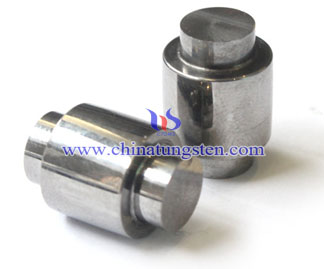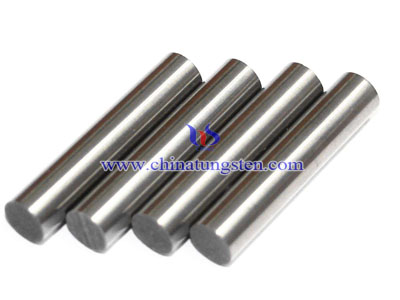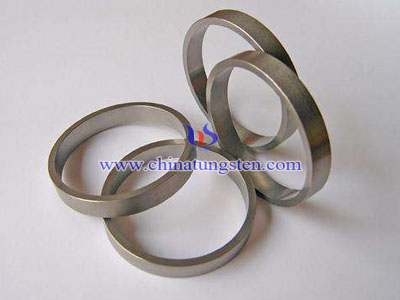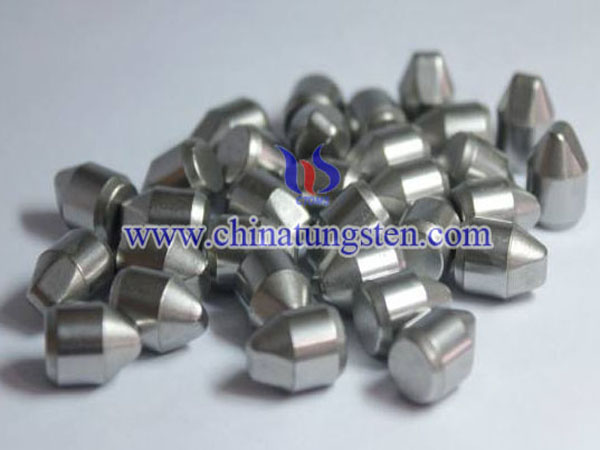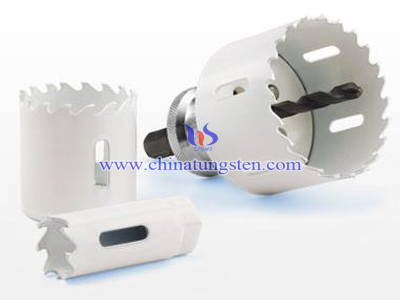Tungsten Steel Pins
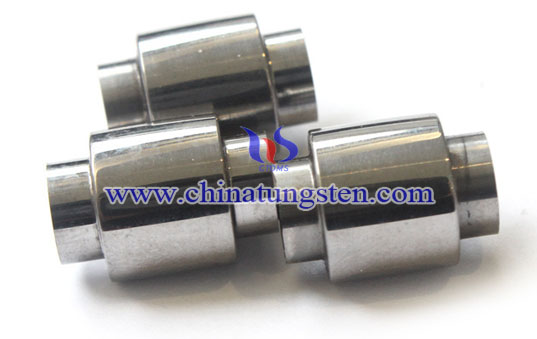
Tungsten steel pins, also known as tungsten carbide pins, it is a circular tungsten steel, with high density, high hardness, tensile strength, elongation, impact toughness, etc. advantages. The main sub-extrusion and molding of tungsten steel pins has two kinds. General product selection molded, and up / down on the press, molded products, can produce complex shapes, such as porous, shaped carbide and other profiles. Special products, such as ultra-high, these products will use squeeze.
Tungsten steel sintering powder is pressed into the blank, and then into the sintering furnace heated to a certain temperature (sintering temperature), and maintain a certain period of time (holding time), and then cooled down to obtain the desired properties of tungsten steel material. Tungsten steel sintering process can be divided into four basic stages:
1: forming agent removal
With the beginning of the sintering temperature, the molding agent gradual decomposition or vaporization, excluded from the sintered body, at the same time, more or less to the sintered body forming agent by carbon, carbon amount will vary with the type of molding agent, quantity and sintering different processes is changed. The powder surface oxides are reduced, at the sintering temperature, the hydrogen reduction of cobalt and tungsten can be oxides, if vacuum forming agent removal and sintering, the carbon-oxygen reaction is not strong. Contact stress between the gradual elimination of the powder particles, bonding metal powder began to produce recovery and recrystallization, surface diffusion began, briquette strength increased.
2: solid-phase sintering stage (800 ℃ - eutectic temperature)
Temperature occurs in the liquid phase under the previous, except to continue the process of what happens on stage, the solid phase reaction and diffusion intensified, plastic flow enhancement, sinter apparent contraction.
3: liquid phase sintering stage (eutectic temperature - sintering temperature)
When the liquid phase sintered body appeared after contraction completed soon, followed by crystallization transition, the formation of the basic organization and structure of the alloy.
4: cooling phase (sintering temperature - room temperature)
At this stage, the microstructure and composition of tungsten steel with different cooling conditions to produce some of the changes that can take advantage of this feature of tungsten steel and heat treated to improve its physical and mechanical properties.

